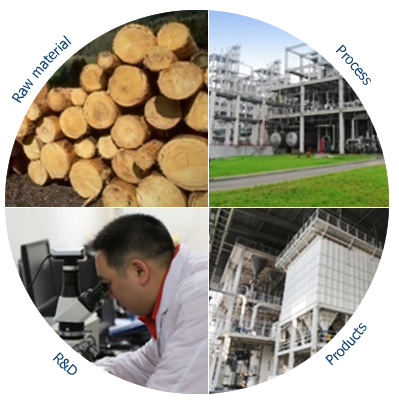What is biodegradability?
Biodegradability is characteristic of natura substance and materials being assimilated by micro-organisms, and thus introduced into the natural cycles. In effect, it is concept that is familiar to everyone. When natural organic materials go into the ground, they tend to ;decompose progressively, to disappear. This phenomenon is very important for the environment, which has to get rid of waste to make room for new life.
The biodegradability can be influenced by the enviroment. The typical enviroment including composting temperature, soil and so on.
The standard test method of biodegradablity
According to the test conditions, such as, water, marine, soil, home compost, industrial compost, The most common used method to check biodegradability are ISO14855(aerobic), ISO14853(anaerobic), ASTM D5338(aerobic), GB/T 19277(aerobic), GB/T 32106(anaerobic),etc.
As for cellulose acetate, our recommended test method is based on ISO14855, or GB/T 19277.
The comparison between GB/T 19277-2011 and ISO14855-1(2012)
|
|
GB/T 19277.1-2011 |
ISO14855-1(2012) |
|
Compositing vessels |
A minimum volume of 2 litres |
A minimum volume of 2 litres |
|
The mass of test materials and reference materials |
A minimum of 50 g of total dry solids containing 20 g of TOC is required per vessel. |
A minimum of 50 g of total dry solids containing 20 g of TOC is required per vessel. |
|
Reference materials |
TLC (thin-layer chromatography) grade cellulose with a particle size of less than 20 μm |
TLC (thin-layer chromatography) grade cellulose with a particle size of less than 20 μm |
|
Preparation of test material |
Use test material in the form of granules, powder, film or simple shapes (e.g. dumb-bells). The maximum surface area of any individual piece of test material shall be about 2 cm x 2 cm |
Use test material in the form of granules, powder, film or simple shapes (e.g. dumb-bells). The maximum surface area of any individual piece of test material shall be about 2 cm x 2 cm |
|
Control groups |
3 |
3 |
|
Incubation temperature |
Incubation shall be in the dark or in diffused light, in an enclosure or room maintained at a constant temperature of 58 °C±2 °C and free from vapours inhibitory to microorganisms. In special cases, e.g. when the melting point of the test material is low, another temperature may be chosen. This temperature shall be kept constant during the test to within ±2℃. |
Incubation shall be in the dark or in diffused light, in an enclosure or room maintained at a constant temperature of 58 °C±2 °C |
|
Compost Inoculum |
The compost inoculum should be stable, well-aerated compost, preferably coming from the organic fraction of municipal solid waste |
The compost inoculum should be stable, well-aerated compost, preferably coming from the organic fraction of municipal solid waste |
|
The TDS content of the inoculum |
50-55% |
50-55% |
|
The total VS content of the inoculum |
The volatile solids shall be more than about 15% of the wet(or 30% of the dry )solids. |
The volatile solids shall be more than about 15% of the wet(or 30% of the dry )solids. |
|
pH |
7-9 |
7-9 |
|
The ratio of the mass of inoculum to test material |
The ratio of the dry mass of the inoculum to the dry mass of the test material shall be about 6:1. |
The ratio of the dry mass of the inoculum to the dry mass of the test material shall be about 6:1. |
|
Test material |
The total organic carbon content must be greater than 40% (total dry solids) |
The total organic carbon content must be greater than 40% (total dry solids) |
|
The form or size of the test material |
Use test material in the form of granules,powder,film or simple shapes. The maximum surface area of any individual piece of test material shall be about 2cm x2cm. |
Use test material in the form of granules,powder,film or simple shapes. The maximum surface area of any individual piece of test material shall be about 2cm x2cm. |
|
C/N ratio of the test mixture |
The C/N ratio of the test mixture should preferably be between 10 and 40. It may be adjusted with urea. |
The C/N ratio of the test mixture should preferably be between 10 and 40. It may be adjusted with urea. |
|
Determine the cumulative CO2 production |
Determine the cumulative CO2 production by titration with NaOH |
Determine the cumulative CO2 production by titration with NaOH |
|
Determination of TIC |
Total organic carbon (TOC) analyzer or titration method to determine dissolved inorganic carbon (DIC) to determine the amount of CO2 |
Measure the amount of carbon dioxide evolved from the exhaust air of each composting vessel at intermediate time intervals directly using a gas chromatograph, a TOC or an infrared analyzer or, alternatively, measure the cumulative carbon dioxide evolved as dissolved inorganic carbon (DIC) after absorption in sodium hydroxide solution |
Compostable
Biodegradable plastics are not readily distinguishable from non-degradable plastics therefore other means of marking them are necessary so that they can be properly used and disposed of.
The method that is most reliable and is already in common use in many countries is certification combined with the use of a special logo marking products made from biodegradable plastics.
So, compstable plastic comes out. Only the product passed through compostable test, it can be have certfication.
Compostable plastic is defined as “a plastic that undergoes degradation by biological processes during composting to yield carbon dioxide (CO2), water, inorganic compounds, and biomass at a rate consistent with other known compostable materials and that leaves no visible, distinguishable, or toxic residue.”
The most common certification standard and Logo
Contry |
Organization |
Standard |
LOGO |
Germany |
DIN Certco |
EN 13432ASTMD6400ISO 17088 |
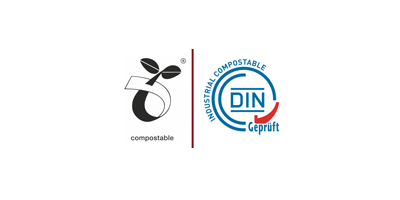 |
Belgium |
Vinçotte |
EN 13432EN 14995 |
 |
USA |
BPI |
ASTM D6400 |
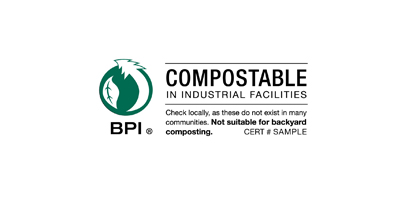 |
Italy |
CIC |
EN 13432 |
 |
China |
|
|
 |
Belgium |
Vinçotte |
EN 13432 |
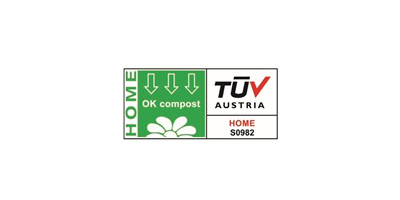 |
Belgium |
Vinçotte |
ISO 14851ISO 14852 |
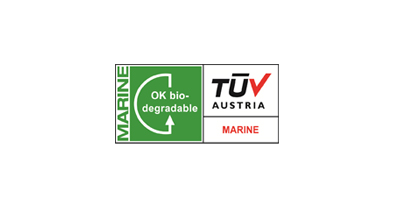 |
Belgium |
Vinçotte |
ISO 17556ASTM D5988ISO 11266 |
 |
Japan |
JBPA |
ISO 14851OECD 301CJIS K 6950 |
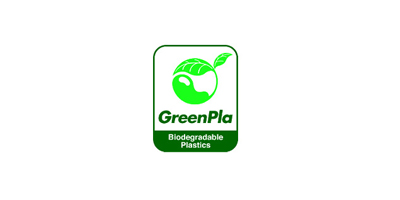 |
